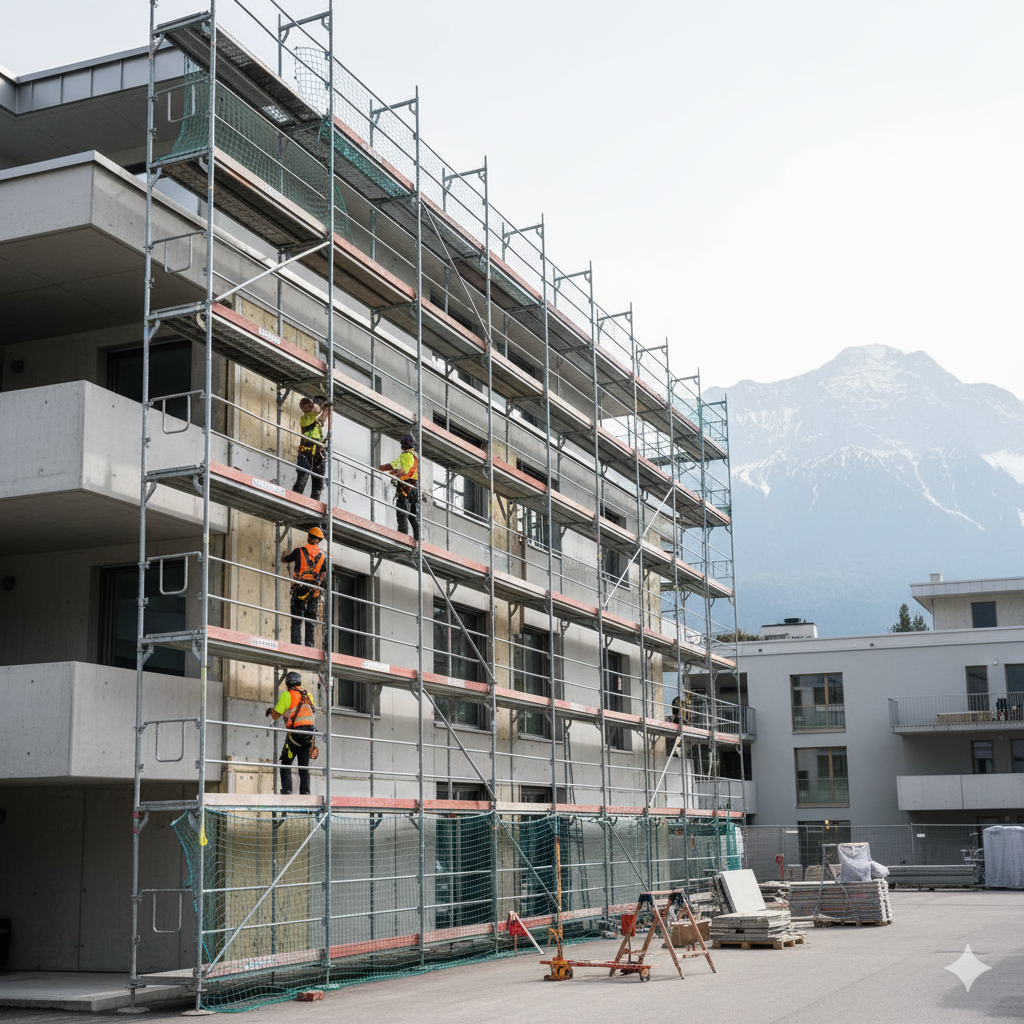
Introduction
You chose property ownership for your quality of life and the security of your home. But between complicated meetings, charges that aren’t always clear, and necessary maintenance work, managing condominium ownership can quickly become a headache. Yet living in co-ownership doesn’t have to rhyme with frustration and misunderstanding. With a minimum of knowledge and good organization, condominium ownership can become a place of harmony, where everyone contributes to preserving and enhancing the common heritage.
Understanding the basics of condominium ownership
Condominium ownership (PPE), common in Switzerland, means that each co-owner individually owns their apartment while sharing ownership of common areas such as the roof, facade, elevator, or boiler room. Your private portion corresponds to your dwelling, for which you alone are responsible. Common areas, on the other hand, are maintained and financed collectively according to your ownership shares. This distinction is essential, as it determines your rights as well as your financial and organizational duties.

General meetings: the beating heart of condominium ownership
Why they matter
Decisions concerning the co-ownership are made at meetings. This is where maintenance work, budgets, and improvements are voted on. Not participating means letting others decide for you.
How to prepare
To get the most out of these gatherings, it’s recommended to read the agenda carefully, review the condominium accounts, and compare them to previous years. Don’t hesitate to ask questions, even simple ones: transparency and clarity should be the rule. A practical tip is to note your remarks in advance and request that documents be sent before the meeting.

Condominium charges: how to decipher them?
Many co-owners complain about “unjustified” or “unclear” charges. Yet they follow a well-defined logic.
What do they cover?
Charges typically include heating and hot water costs, maintenance of common areas such as cleaning, gardening, or elevator service, administration fees corresponding to the property manager’s fees, as well as a renovation fund constituting a valuable reserve for major work.
How to avoid unpleasant surprises
To clarify matters, you should demand detailed accounts, compare with similar condominiums, and verify whether expenses are recurring or exceptional. An important tip: a well-managed renovation fund avoids painful capital calls when major work is needed.

Condominium maintenance work: anticipate rather than react
Buildings age, and sooner or later, the condominium must finance renovations. Roofing, boiler, insulation… all items that can be costly.
Keys to Good Management
Good management rests on three pillars. First, planning: a multi-year work plan helps avoid emergencies. Then communication: the needs and costs must be clearly explained to co-owners. Finally, equity: everyone pays according to their ownership shares, but certain improvements can be voted on separately, such as solar panels or electric charging stations. Worth knowing: in recent years, energy renovations have been strongly encouraged and may qualify for subsidies.

The role of the condominium manager
A good manager is the guarantor of a healthy co-ownership. They coordinate meetings, manage service providers, and monitor finances.
How to recognize a good manager?
A competent manager is responsive to requests, transparent about accounts, and pedagogical in their explanations. They must be capable of anticipating needs rather than simply reacting to problems. If your condominium is experiencing difficulties, don’t hesitate to request a change of management company.

Living in harmony in a condominium
Co-ownership isn’t just about numbers and minutes. It’s also a human community. It’s important to respect common living rules regarding noise and cleanliness, to favor discussion before conflict, and to create connections among co-owners. Sometimes, a simple annual gathering or an online discussion group can defuse many tensions.

Condominiums and the ruture: towards greater sustainability
Today’s condominiums are at the heart of energy and environmental challenges. Investing in insulation, renewable energy, or electric mobility not only enhances your property’s value but also contributes to an essential transition.

Conclusion
Managing a condominium can seem burdensome and sometimes thankless. But with transparency, communication, and good organization, it becomes a formidable tool for collective enhancement and security. Living in co-ownership also means learning to balance “I” and “we.” What if your next meeting became an opportunity not to endure, but to build together a more harmonious and sustainable future?




